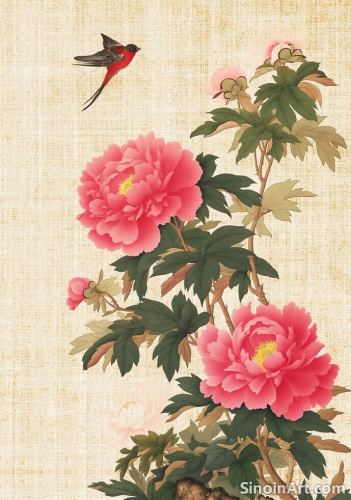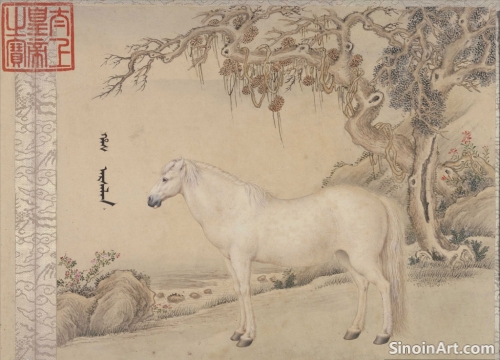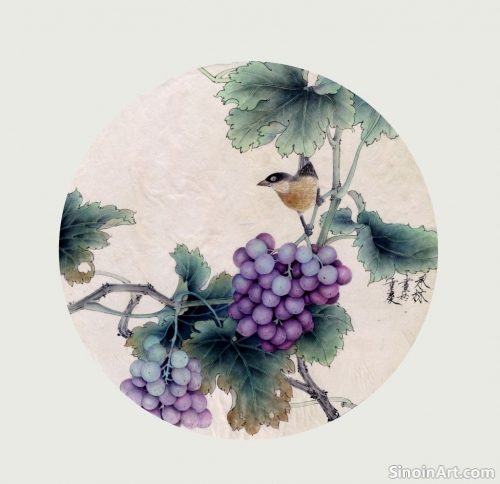Gongbi Painting and Its Cultural Significance in China
|
Gongbi painting is not just an art form; it's a cultural treasure deeply intertwined with the history and values of China. Throughout centuries, Gongbi painting has played a significant role in documenting historical events, expressing cultural ideals, and celebrating the beauty of the natural world. Its intricate details and rich symbolism reflect the sophistication and aesthetic sensibilities of Chinese culture.  Historically, Gongbi paintings were commissioned by the imperial court and the wealthy elite. These works often depicted scenes of court life, historical figures, and mythical narratives. They served not only as works of art but also as records of important events and reflections of the values of the ruling class. The precision and detail of these works were considered important for conveying accuracy and status.  Gongbi painting has also played a crucial role in showcasing the natural beauty of China. The detailed depiction of flowers, birds, and landscapes reflect a deep appreciation for the natural world. This relationship between humans and nature is a central theme within Chinese philosophy, and Gongbi art provides a medium for expressing it. These works are not just scientific studies, they also convey a sense of harmony between humans and their environment.  The emphasis on meticulous detail and disciplined execution in Gongbi aligns with the Confucian values of precision, diligence, and refinement. The act of creating a Gongbi painting requires years of rigorous training and patience, reflecting the importance of discipline and perseverance in Chinese culture. The careful planning and execution necessary for each piece embody Chinese artistic and philosophical ideals. Today, Gongbi painting continues to hold a position of high esteem in Chinese culture. Contemporary artists are revitalizing the tradition while maintaining its connection to the historical context and cultural significance. Gongbi continues to be a powerful tool for cultural expression and a source of artistic inspiration within China and across the world. Its enduring popularity is a testament to its lasting value in Chinese cultural heritage. |
Tag : Gongbi cultural significance, Chinese cultural art, Chinese art history, traditional Chinese culture, role of art in China
Related information
- The Symbolism of Gongbi: Decoding the Language of the Brush
- Gongbi Painting and the Depiction of Clouds and Mist
- Gongbi Painting in Museums and Galleries: Appreciating the Art in Person
- Gongbi and the Depiction of Architecture
- Gongbi and the Depiction of Everyday Life
This article explores the symbolic elements found in Gongbi paintings, focusing on the meanings behind flowers, animals, colors, and compositions within the Chinese artistic tradition.
This article explores the depiction of clouds and mist in Gongbi painting, highlighting the techniques used to create a sense of depth, luminosity, and atmosphere, and how the subtle variations in color and tone evoke a sense of mystery and serenity.
This article explores the importance of experiencing Gongbi paintings in museum and gallery settings, emphasizing the unique educational opportunities, the ability to appreciate the details in person, the value of contemplation, and the role of museums in preserving and promoting the art form.
This article explores the depiction of architecture in Gongbi painting, highlighting the meticulous detail, historical accuracy, use of perspective, and interplay of light and shadow, showcasing how this art form captures both the physical appearance and cultural significance of buildings.
This article explores the use of Gongbi painting in depicting scenes from everyday life, highlighting its meticulous detail, portrayal of common activities, and how these works serve as visual records of daily existence and a particular time and place.